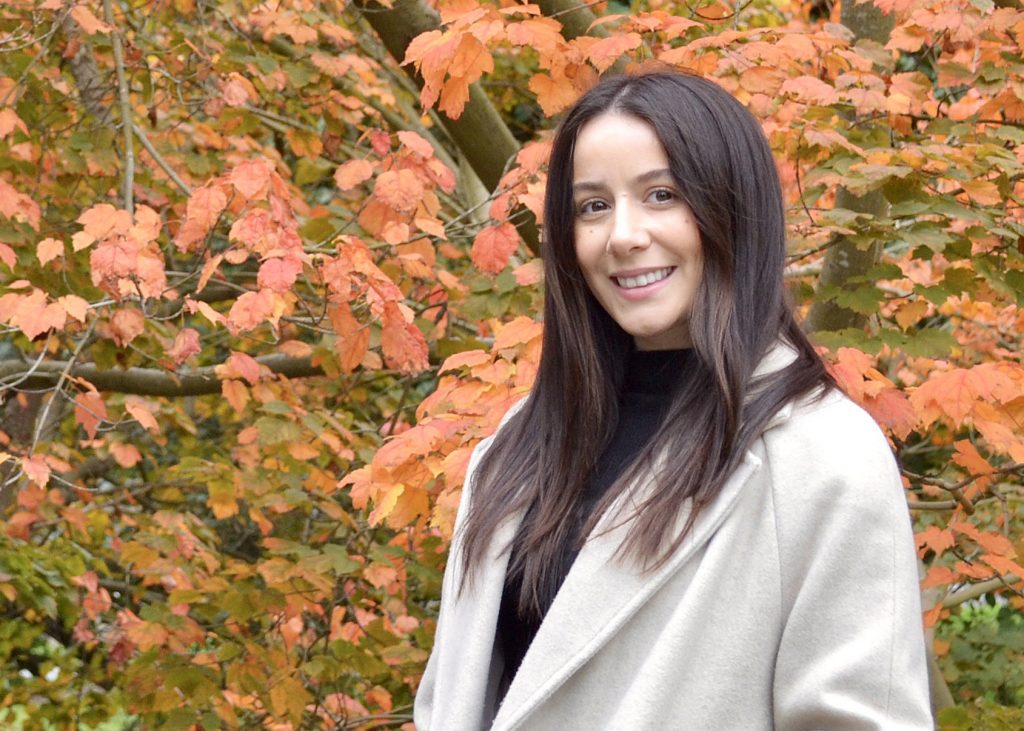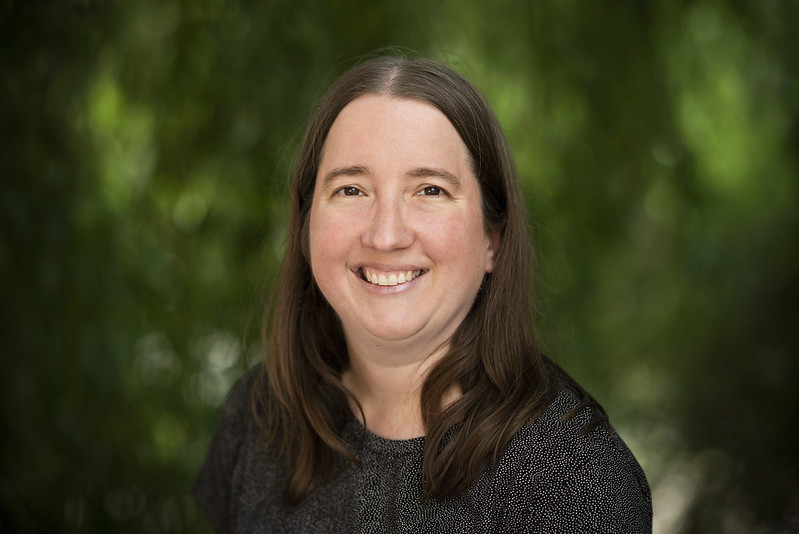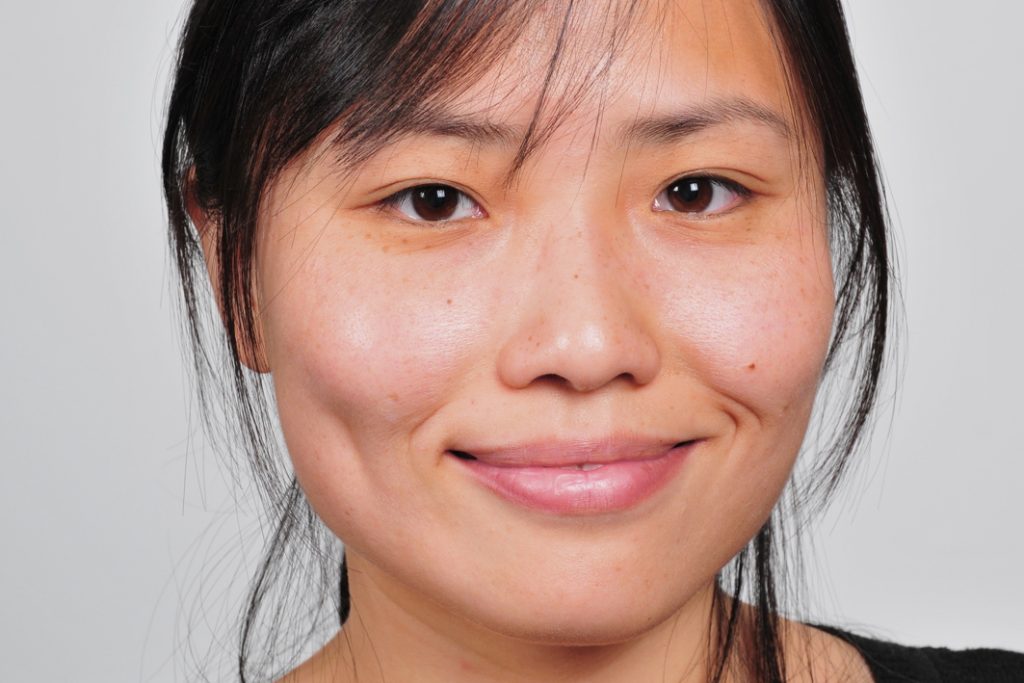Video from 21 October Webinar
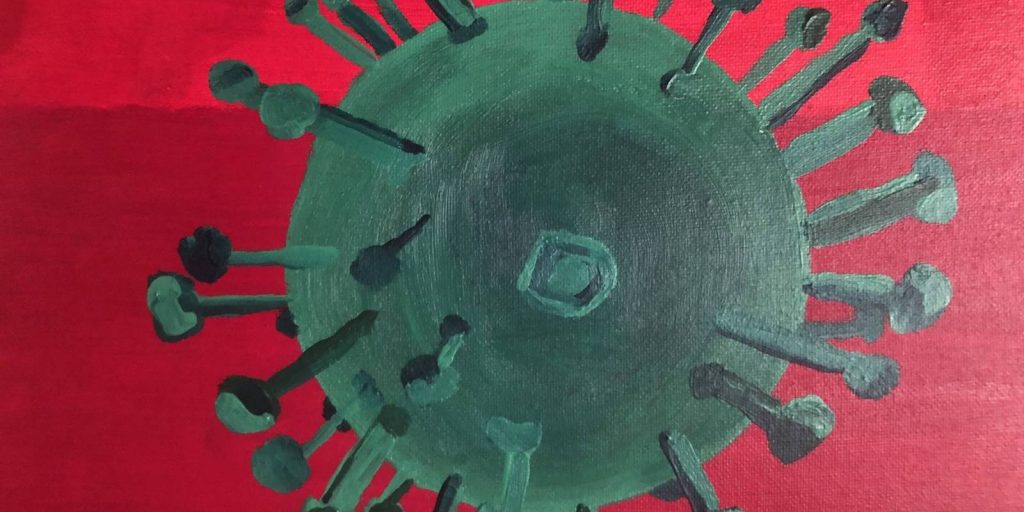
If you missed this week’s webinar, you can catch up here:
https://drive.google.com/file/d/1op1HBfBqw7e3qZ9c6nrHZOY8MLwaSww5/view?usp=sharing
And all our past webinars are here:

If you missed this week’s webinar, you can catch up here:
https://drive.google.com/file/d/1op1HBfBqw7e3qZ9c6nrHZOY8MLwaSww5/view?usp=sharing
And all our past webinars are here:

Please join us October 28 at 1600 CET for the next PANSOC webinar. Contact jessicad@oslomet.no if you need a Zoom link.
Hampton Gaddy, University of Oxford, will present: “Re-estimating the global and national death tolls of the 1918-20 pandemic: Updating Johnson and Mueller (2002).”
The last two decades have seen the study of the 1918-20 influenza pandemic emerge as a field in its own right; the quantitative and qualitative description of most aspects of the pandemic have improved greatly in their depth and rigour. However, there has been little organised progress towards refining the available estimates of how many deaths the pandemic caused on global, regional, and national levels since the often-cited work of Johnson and Mueller (2002). In this paper, I perform an extensive literature review to chart the progress of the last twenty years in this area, and in doing so, I propose new consensus estimates of the pandemic’s death toll within more than 140 national borders. From those estimates, I produce three main results. First, I suggest that the pandemic killed 45 to 60 million people globally. This estimate equates to 2.4% to 3.2% of the world population at the time and is the narrowest well-founded global estimate to date. Second, I note the main geographical and contextual gaps in the field’s understanding of the pandemic’s mortality on the national level. In particular, I point out the lack of research on indigenous and military populations, as well as Eastern Europe, China, the Middle East, North Africa, East Africa, and Southeast Asia. Third, I use my revised national mortality estimates to demonstrate that several high-profile findings about the pandemic, its global correlates, and its global effects are poorly founded.
Hampton Gaddy is an MPhil Candidate in Sociology and Demography at the University of Oxford. His work on this topic was awarded the Oxford Institute of Human Sciences’ 2021 Wilma Crowther Prize for best BA dissertation.
I denne kronikken skrevet av Vibeke Narverud Nyborg og senterleder Mamelund, diskuterers ulike grunnet til at vi ble overrumplet av covid-19. For å være forberedt neste gang er det kritisk at fagmiljøene tar vare på det pandemiske minne. Les kronikken i Aftenposten her: Hvorfor ble vi tatt på sengen av covid-19? (aftenposten.no)
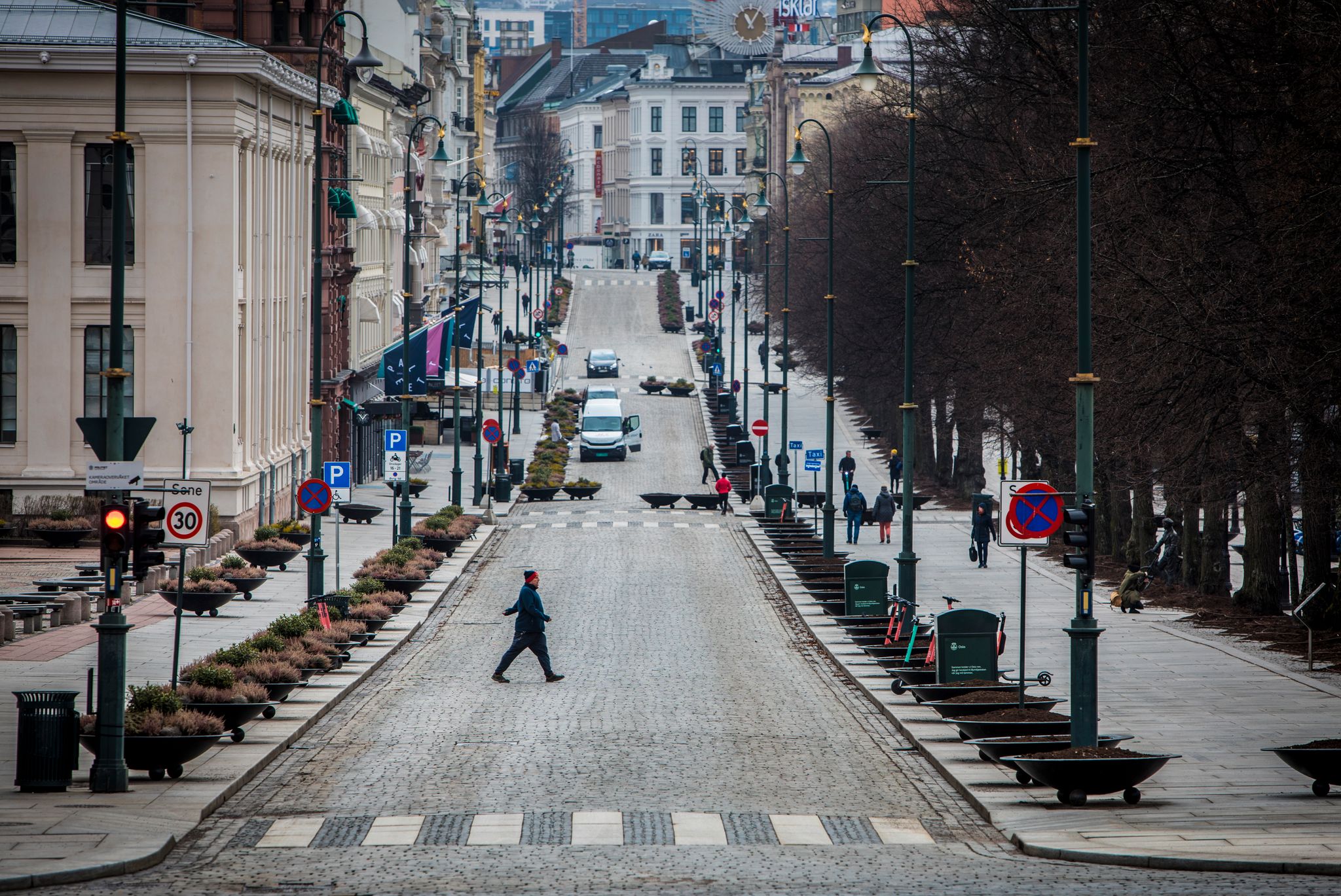
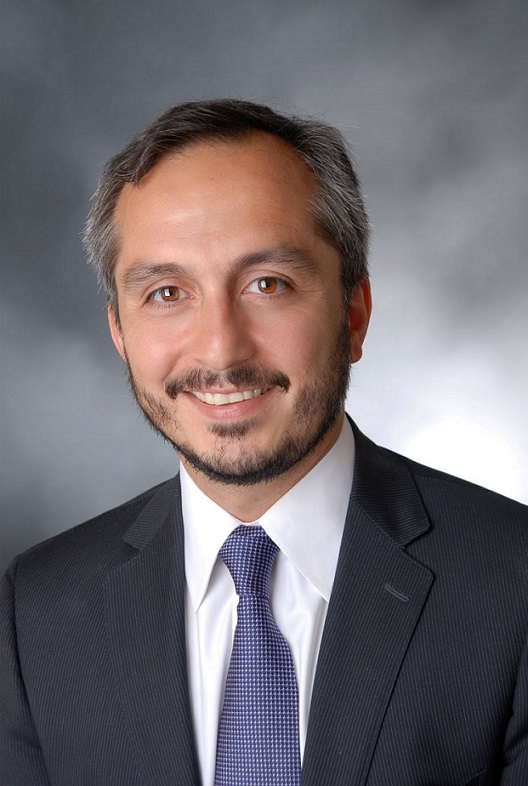
Please join us for our next webinar – contact jessicad@oslomet.no if you need a Zoom link.
From Cholera to COVID19: Continuity and Change in Iran’s Pandemic Experience.
Amir A. Afkhami will present an overview of pandemic cholera’s seminal role in the emergence and development of modernity in Iran during the nineteenth and twentieth centuries including cholera’s transformative impact on the country’s governance and changing perspectives on medicine, disease, and public health. And the continuity of these historic and political determinants in Tehran’s public health policy against the current COVID19 pandemic.
Amir A. Afkhami, MD, PhD, DFAPA is an associate professor with joint appointments in psychiatry, global health, and history at the George Washington University. He is also the clerkship director and director of medical student education at the George Washington University School of Medicine’s Department of Psychiatry. He is a Distinguished Fellow of the American Psychiatric Association (APA) and recipient of the APA’s Roeske Award for Excellence in Medical Student Education. He is the author of A Modern Contagion: Imperialism and Public Health in Iran’s Age of Cholera (Baltimore: Johns Hopkins University Press, 2019). Previously, he served on the legislative staff of US Sen. Debbie Stabenow (D-MI) as an RWJF Health Policy Fellow, and has led a number of international capacity building initiatives in conflict zones including the U.S. State Department’s Iraq Mental Health Initiative to rebuild Iraq’s mental health delivery capabilities.

Watch the latest webinar here:
https://drive.google.com/file/d/1CX8iZ4_mVED_2YIMuHOLIr6t9EF1_ImO/view?usp=sharing
You can read more about some of the referenced research here:
Plague in seventeenth-century Europe and the decline of Italy: an epidemiological hypothesis
Epidemics, Inequality and Poverty in Preindustrial and Early Industrial Times
And catch up on other past webinars here:
Due to unexpected circumstances, the webinar with Lianne Tripp will not be held. We hope to reschedule it in the future.

Contact jessicad@oslomet.no if you need a link to our Thursday’s webinar 16:00-17:00 (CET).
Guido Alfani, Bocconi University, will present:
“Unravelling the Mysteries of Seventeenth-Century Plagues: The Contribution of Micro-Demographic Approaches”
Of all the major pandemics of the past, those which have been caused by plague have attracted the greatest attention. And yet, most studies focused on the big picture, looking at the overall demographic, economic and social impact of plagues – and not even of all plagues, but especially of the main pandemic of medieval and early modern times: the Black Death of 1347-52. For such an early period, the available sources somehow restrict the possibility of gaining insights into the epidemiological (and social) mechanisms that allowed Yersinia Pestis to cause what remains the worst pandemic in European history, with an overall mortality rate of about 50% in the continent and in the broader Mediterranean area. As a consequence of this, many aspects of this pandemic remain mysterious, including possibly the main one: how exactly could plague kill such a large share of the population? Arguably, looking at the last great European plagues of the seventeenth century, which in the South of the continent led to mortality rates not very far from the Black Death, offers insights into the inner workings of all plague epidemics of medieval and early modern times. This, because for the seventeenth century a greater variety of historical sources is available, which allow to proceed to micro-demographic analyses of a kind that would be impossible for earlier events. Although studies of this kind remain rare, also due to the substantial investment in data collection from archival sources that they require, they are already leading to a significant change in the way we think of past plagues, and they seem to hold the promise to one day solve some long-standing historical mysteries.
Guido Alfani is Professor of Economic History at Bocconi University, Milan (Italy). He is also an Affiliated Scholar of the Stone Center on Socio-Economic Inequality, New York (U.S.). An economic and social historian and an historical demographer, he published extensively on inequality and social mobility in the long run, on the history of epidemics (especially of plague) and of famines, and on systems of social alliance. Recent works include The Lion’s Share. Inequality and the Rise of the Fiscal State in Preindustrial Europe (2019, with Matteo Di Tullio) and Famine in European History (2017, with Cormac Ó Gráda). During 2012-16 he was the Principal Investigator of the project EINITE-Economic Inequality across Italy and Europe, 1300-1800 (www.dondena.unibocconi.it/EINITE), funded by the European Research Council (ERC), and from 2017 he is the Principal Investigator of a second ERC project, SMITE-Social Mobility and Inequality across Italy and Europe 1300-1800.

The video from Thursday’s webinar is now available. Watch Howard Phillips’ talk here:
https://drive.google.com/file/d/119FUT3Iki4TBNbtFPfyuiAOxNnkuoE-b/view?usp=sharing
Here are links to the performances discussed in the video:
From the talk: South African composer Philip Miller’s arrangement of the song, “Influenza(1918)” written by South African choral composer Reuben T. Caluza in response to the “Spanish Flu” pandemic. The project raises funds to assist singers and musicians who are currently unable to earn money during the COVID 19 Lockdown.
https://www.philipmiller.co.za/projects/influenza-1918
From Siddharth Chandra during Q&A:
A revival/adaptation of a book that was written over 100 years ago in the form of a play intended to educate the public about dos and don’ts during a pandemic. Acknowledgments to: Michigan State University (Asian Studies Center), University of Michigan (Center for Southeast Asian Studies), and the American Institute for Indonesian Studies, as well as Javanese dhalang (puppet master) Ki Purbo Asmoro and his group and Kathryn (Kitsie) Emerson for co-organizing the event and providing the real-time translation.

If you missed the last webinar with Mary Sheehan, you can catch up here:
https://drive.google.com/file/d/1eDqwle_IN2UuAhKXA1eD9HEk9SUqLtGY/view?usp=sharing
And find recordings of other past talks here:
What can we learn from the history of pandemics and the Covid-19 situation? Three short panel talks from 3 PANSOC researchers will be given followed by a panel conversation. Organizer is OsloMet University library. You can read more about the event here: Mental health and pandemics – OsloMet
